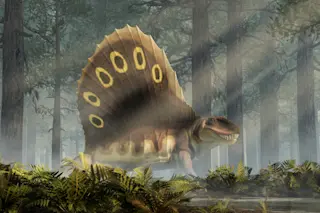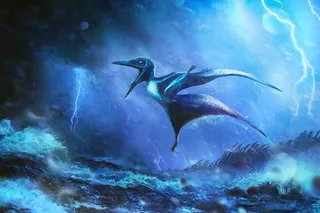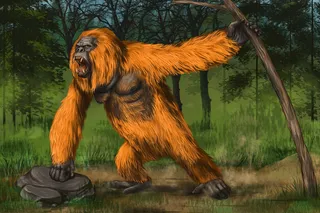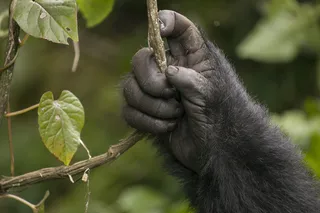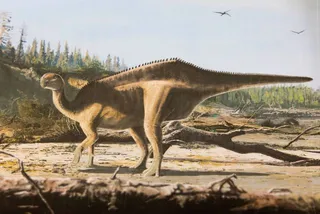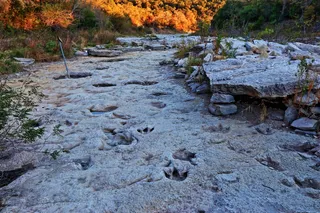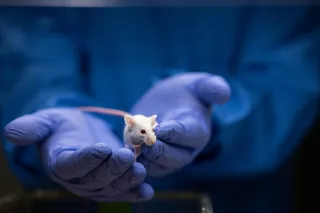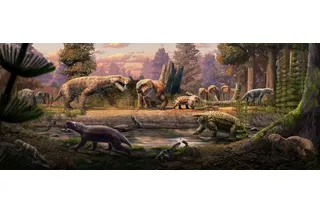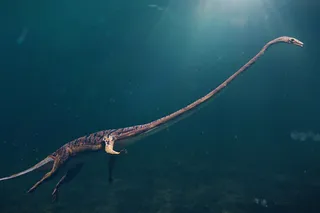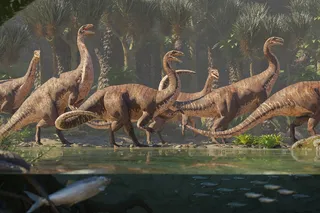Dimetrodon was the largest predator of its time, preying on giant amphibians nearly 300 million years ago during the Early Permian period.
“They were eating basically whatever they wanted,” says Kirstin Brink, a paleontologist at the University of Manitoba in Canada who studies these creatures.
But these ancient sail-finned creatures have often been misunderstood throughout history and were incorrectly classified as dinosaurs for some of the past 150 years. The Dimetrodon were instead more closely related to mammals than dinosaurs, birds, and surviving reptiles.
Dimetrodon was thought to be one of the oldest dinosaurs discovered in the world when a man found part of an upper jaw in Prince Edward Island in 1845. The holotype specimen was named Bathygnathus borealis.
The trouble is, Bathygnathus borealis wasn’t a dinosaur at all. In fact, it’s from a different evolutionary branch of vertebrates. While dinosaurs, birds, and modern-day reptiles are all Sauropsids, Brink ...



